

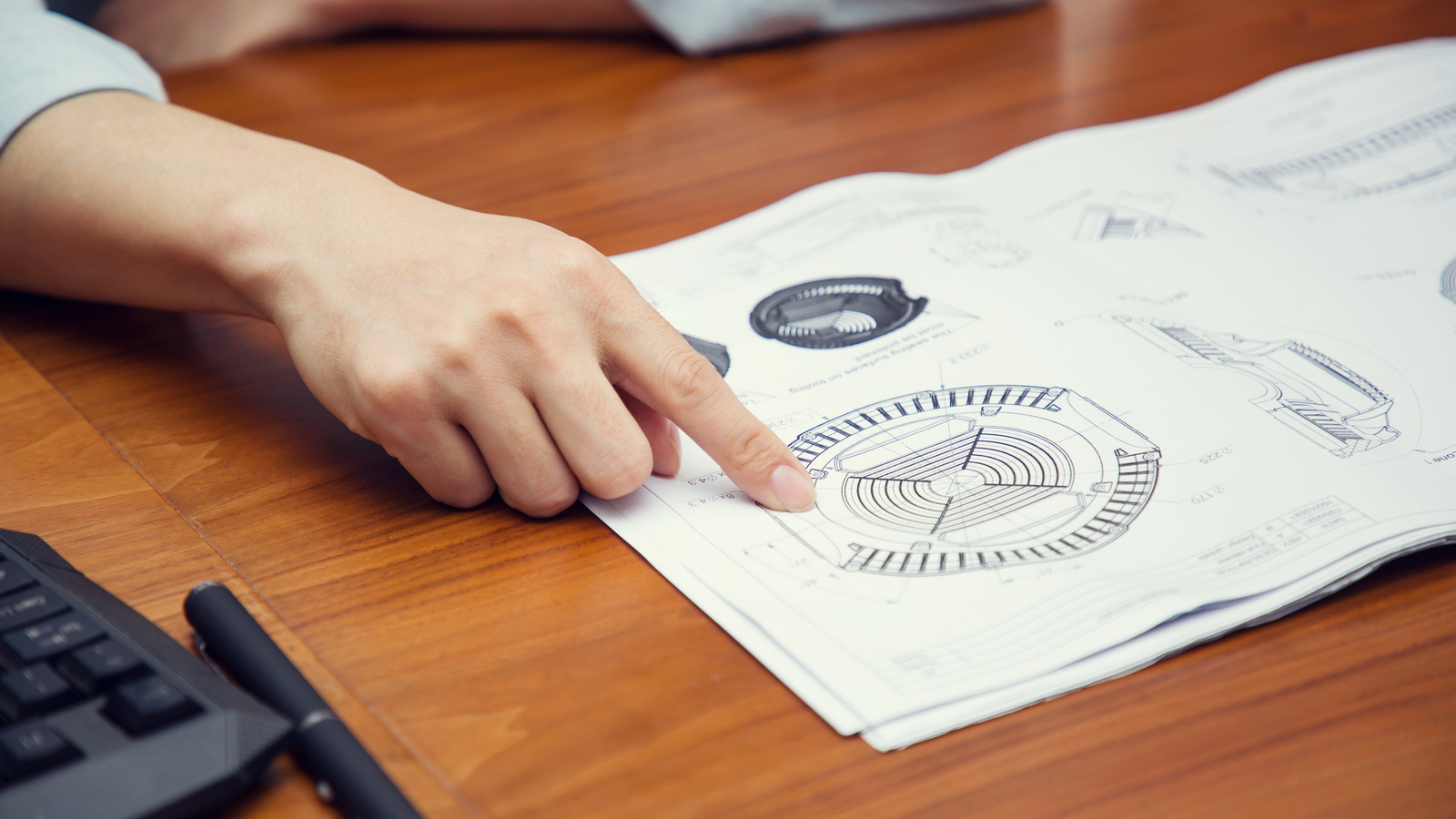
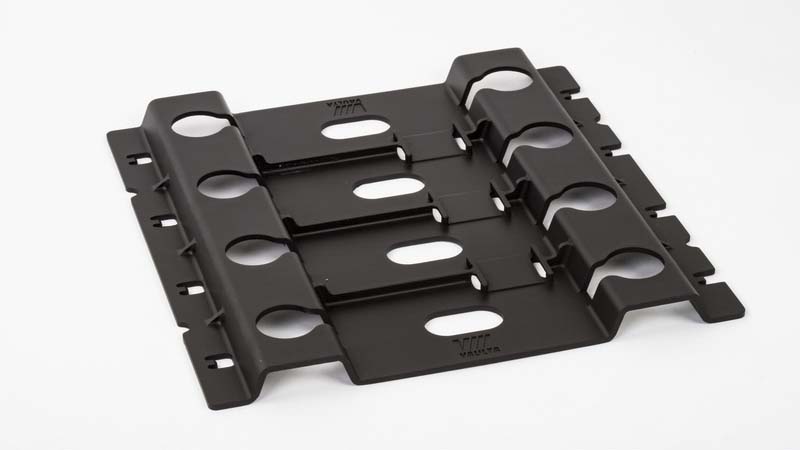
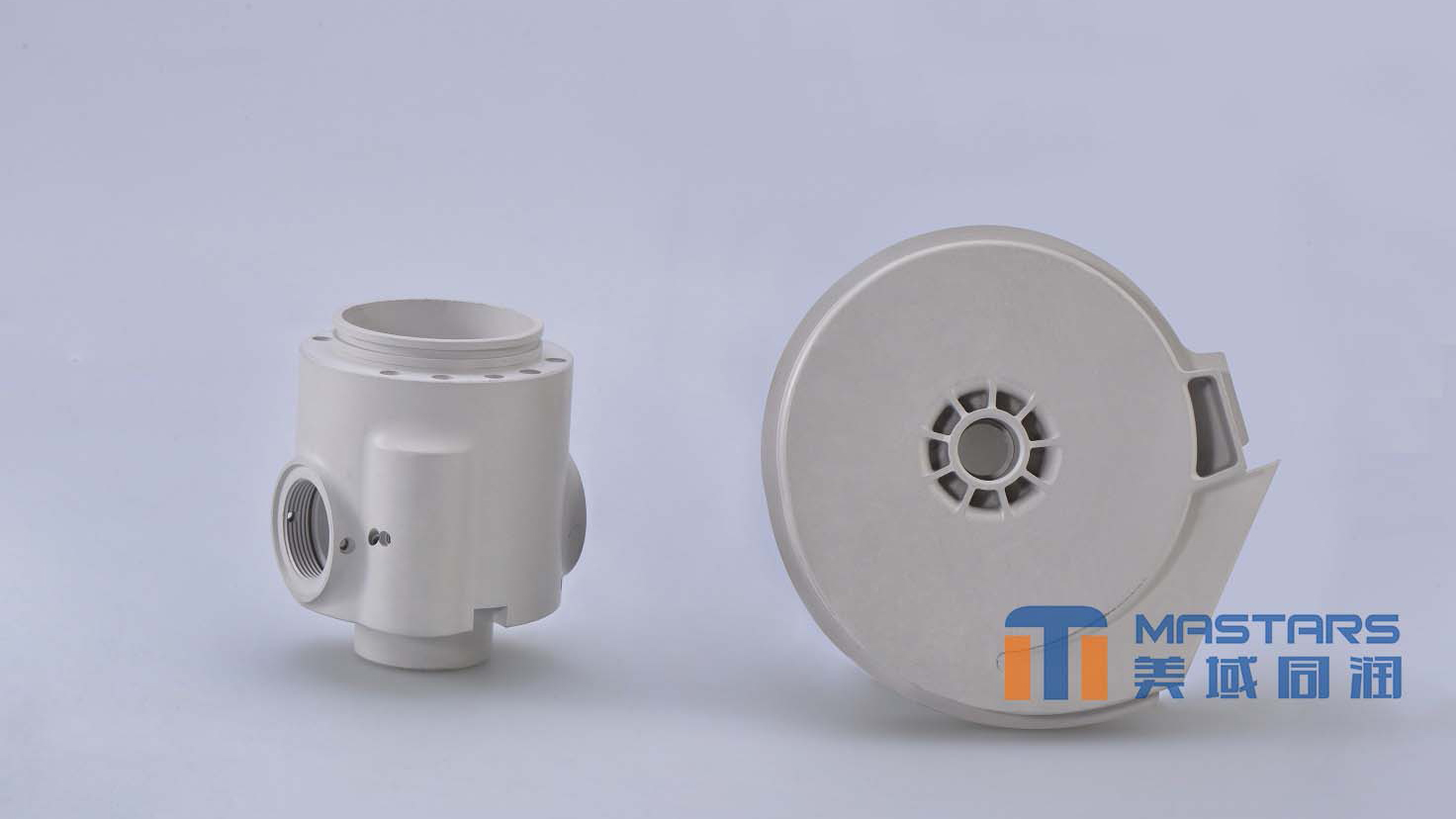

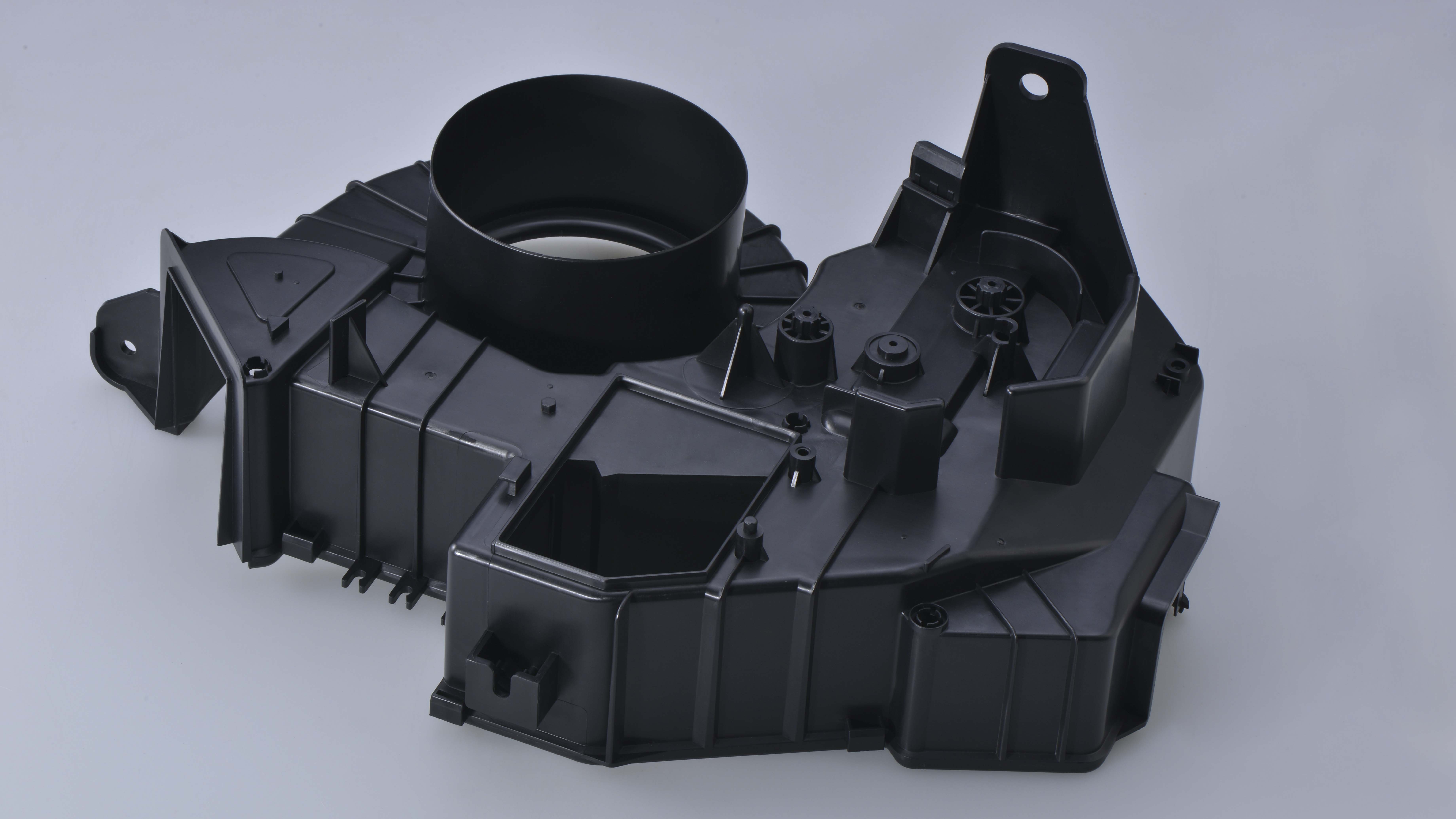
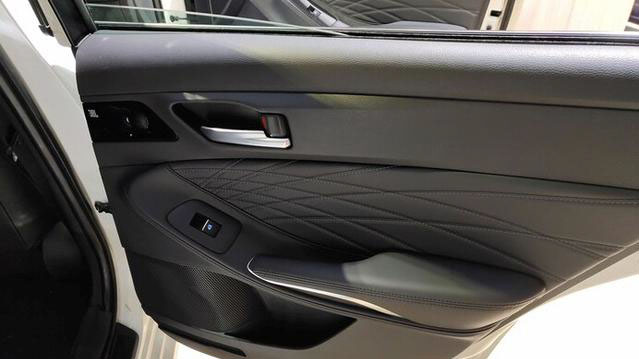
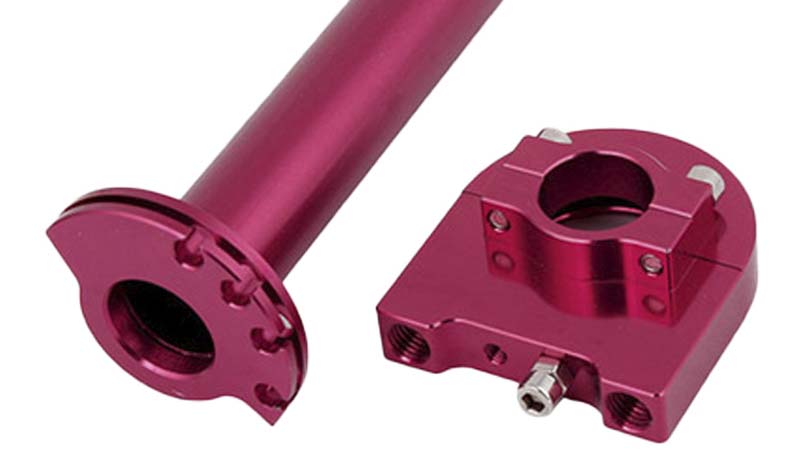
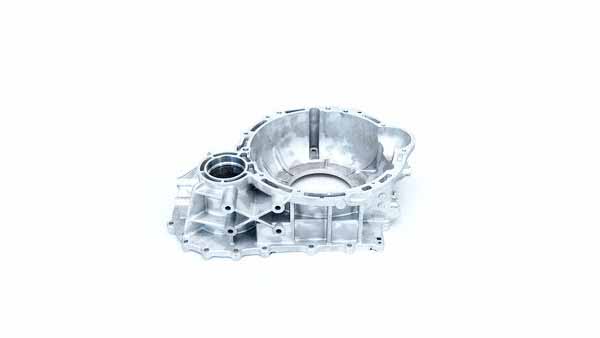
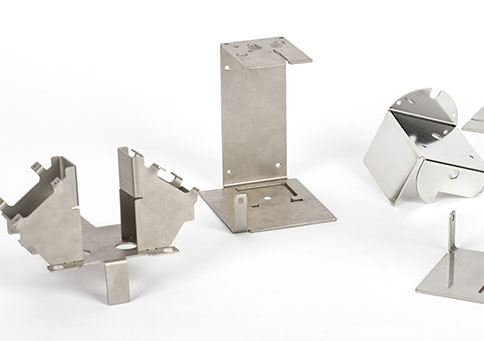
Detail Guide for Rapid Prototyping Design
Design prototyping in its broader definition
comprises the actions to make, test and analyze a prototype, a model, or a
mock-up according to one or various purposes in different stages of the design
process. Other definitions consider prototyping as the methods or techniques
for making a prototype (e.g., rapid prototyping techniques),
or a stage in the design process (prototype development, prototype, or
prototyping). The concept of prototyping in design disciplines’ literature is
also related to the concepts of experimentation (i.e., an iterative
problem-solving process of trying, failing and improving), and Research through
Design (RtD) (i.e., designers make a prototype with the purpose of conducting
research and generating knowledge while trying it, rather than aiming to
improving it to become a final product).
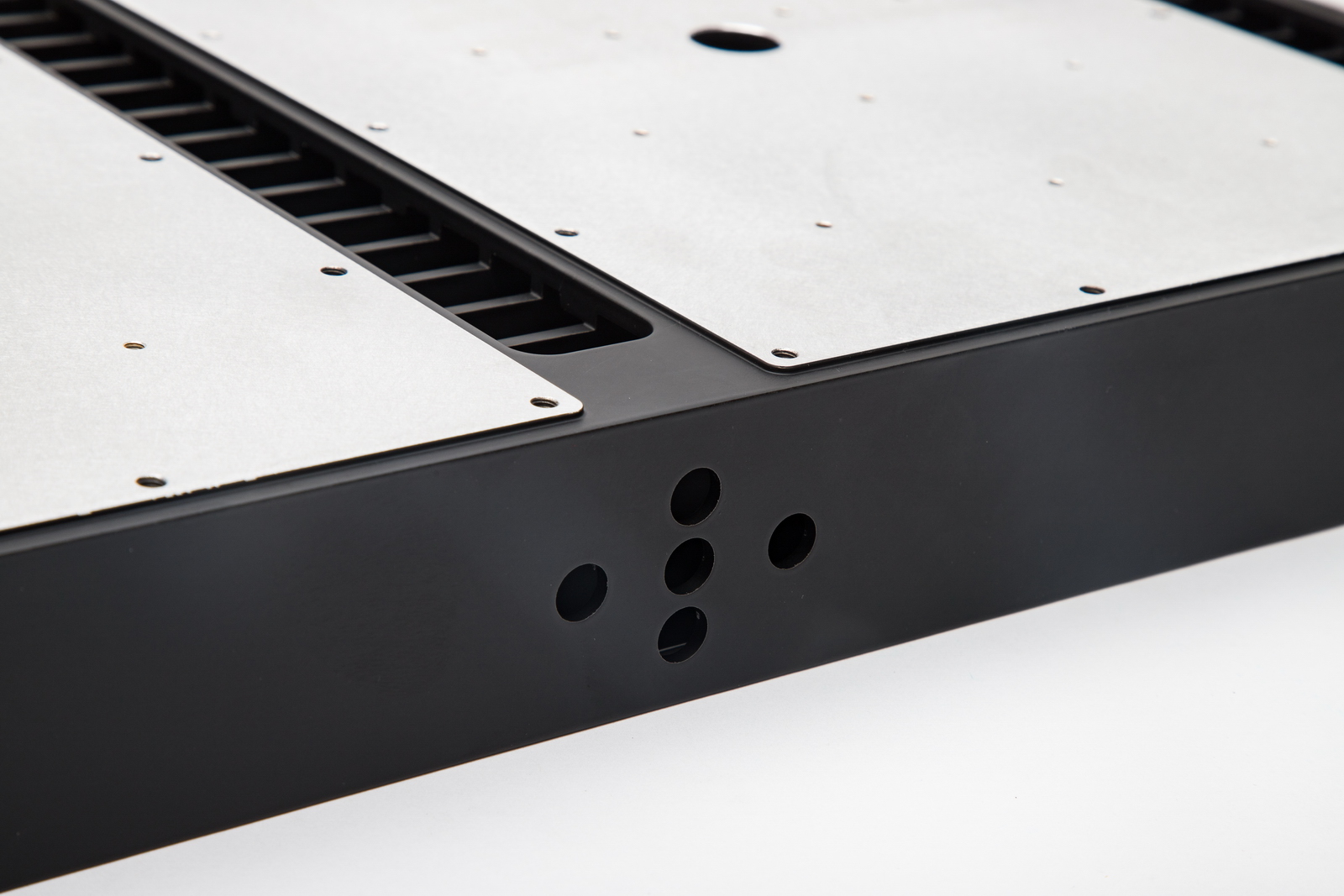
However, one of the first documented uses of the term prototyping linked to a design process appears in 1983 in “A systematic look at prototyping in the field of information systems and software development”. The work of Floyd was inspired by the discussions among the scholars who were preparing the Working Conference on Prototyping. It focuses on prototype as a process, rather than the artefact and how prototyping could be applied to the full solution (or product) or parts of it seeking to improve the final output. Although this work was not developed within the design discipline, it provides a comprehensive characterization of prototyping by defining its steps, purposes and strategies. Moreover, it serves as a referent to further studies of design prototyping.
Later, around the year of 1990, the availability of
methods for rapidly manufacturing models and prototypes stimulated the
publication of a great body of literature dedicated to rapid prototyping
techniques and technologies (e.g., 3D printing). Technologies for additive
manufacturing (i.e., adding material) or subtractive manufacturing (i.e,
removing material by machining) together with the use of software for
computer-aided design (CAD), leveraged prototype building but also the fabrication
of products in limited numbers.
Along the years, further efforts have been dedicated to
characterizing prototyping in design disciplines in the fields of interaction
design, experience design, product design and service design, as well as in
product-design-related fields such as engineering/mechanical design. In 2000,
designers from IDEO described experience prototyping, introducing types of
design representations and methods that allow to simulate aspects of an
interaction that people experience by themselves.
Prototyping Cycle
Prototyping is developed in an iterative cycle of making,
testing and analyzing which allows to examine dimensions of a solution before
its future implementation, anticipating to possible issues and improving them
earlier in the process.
Preparation: to decide about the aims of
prototyping, define questions and assumptions that are going to be examined,
identify the participants of the prototyping sessions and the dimensions of the
prototype that are going to be tested.
Making: some or various dimensions will be
represented in a prototype (e.g., material, form or function) employing what is
appropriate depending on the purpose.
Testing: the prototyping session develops in a
defined setup with certain characteristics of space and environment and will
follow a method to gather feedback.
Analyzing: the results of the testing will be
integrated into the solution and updated in the following prototype versions.
Characteristics of Prototyping
To prepare for prototyping, some aspects need to be
decided. For this purpose, it is useful to individualize and consider various
characteristics that will allow identifying how prototyping should be developed
according to the design needs.
Evaluation: prototyping can be developed to
evaluate qualitatively potential solutions or part of them. For instance, it
can aid to examine the functionality or the experience of testing it with the
future user. The feedback gathered from the evaluation can validate (or not)
previous assumptions, help to narrow down alternatives and make decisions about
the solution.
Experimentation: prototyping leads to run an experiment
on a prototype to examine in a more technical and quantitative manner the
feasibility, efficiency, and specifications of a solution.
Learning: prototyping is used to gather
knowledge about the performance of a prototype and learn about how the solution
could work in relation to the user needs.
Evolution: prototyping could be developed to
incrementally improve a prototype until it is refined to get the final
solution. This may lead to c being employed to
emulate more realistic production intent materials and wear functionality.
More recent developments in software now allow prototype models to be ordered online and delivered in a matter of days, sometimes even hours.
Very often prototypes are required in relatively large quantities for product
and crash testing and some common processes to achieve this are vacuum casting and RIM moulding in
various grades of PU.
Highly complex geometric parts can now also be achieved
by 3D printing and, where production intent materials are a must, by using
production methods such as spark erosion, wire cutting, laser cutting, water
jet cutting, prototype press and extrusion tools and 5 axis cnc machining.
www.mastars.com
Email: marketing@mastars.com
Tel: +86 755-88210689
Fax: +86 755-8821 0685
Add: Building 6,Blue Sky Industrial Park, Ditang Road, Shajing Town, Shenzhen City, Guangdong, China
Contents